Pyrolysis Innovation: Key to a Regenerative Future
At Sitos Group, we aim to constantly push the boundaries to build a more regenerative future. Our recent technology-focused trip has yielded exciting insights and developments that we're eager to share with our community.
Redefining Pyrolysis: Not Your Average Unit
One focus of our recent trip was to refine the design and representation of our current and upcoming pyrolysis units. It's crucial to distinguish these units from other thermal processes - they are not incinerators, combustors, air curtain burners, or furnaces. Instead, these pyrolysis units are cutting-edge technology designed for optimal efficiency, environmental stewardship, and high-quality biochar production.
Biochar, Not Ash: A Key Difference
These pyrolysis units produce biochar, a valuable carbon-rich material, not ash. This distinction is more than semantic - it's a fundamental difference in process and outcome. In traditional incineration or combustion processes, the presence of oxygen leads to high ash content in the residual material. In contrast, these oxygen-limited pyrolysis chambers yield biochar with remarkably low ash content. This low ash content is not just a byproduct - it's a testament to the efficiency and precision of this technology.
Energy Efficiency
The energy efficiency of these pyrolysis units also set a standard in the industry. These units are not just self-sufficient; they're power generators. By capturing and repurposing heat, they not only fuel their own operations but also produce enough excess energy to power multiple Organic Rankine Cycle (ORC) units.
An ORC unit is a system that converts low-temperature heat into electricity, allowing us to maximize energy recovery from our pyrolysis process. This level of energy capture and utilization is a major factor separating their operations from open chamber or open pit systems like air curtain burners, incinerators, or furnaces.
Embracing AI & Advanced Control Systems
Discussions with the pyrolysis unit’s engineers also involved ideas of integrating AI and distributed control systems. These advancements would ensure quality control and help us meet rising industry standards for consistency and Monitoring, Reporting, and Verification (MRV).
The AI integration opens exciting possibilities:
Customized biochar products through the storage and utilization of various biochar formulas in the IT design
A Supervisor Controlled Automated Data Acquisition (SCADA) system to enhance plant efficiency and ensure operational goals are met. SCADA systems provide real-time monitoring and control of industrial processes, allowing for optimized operations and quick response to any issues.
Robust MRV backed by real-time operational data
Quantifiable Impact
These advanced pyrolysis units, which Sitos Group will be deploying in sets of three, demonstrate significant capacity for environmental impact:
Feedstock Repurposing: Each set can repurpose around 24,000 tons of feedstock per year, diverting substantial amounts of green waste from landfills.
Biochar Production: The units can produce about 8,000 tons of high-quality biochar annually, providing a valuable resource for soil enhancement and carbon sequestration.
Carbon Dioxide Removal (CDR): Perhaps most impressively, each set of units can facilitate around 19,600 tons of CDR per year, making a substantial contribution to climate change mitigation efforts.
Learning from the Best: HUSK Ventures
Sitos Group’s team also had the privilege of viewing HUSK Ventures' slow pyrolysis unit’s design and production progress. Their unit, which is the same model Sitos Group will be deploying, produces a biochar of such high quality that it's rated 2 on the EBC’s carbon standard. While many factors were taken into consideration for their team to receive this rating, it stands as a testament to Sitos Group’s mission of facilitating regenerative farming practices and soil health through the creation and application of biochar.
Looking to the Future
Our trip concluded with inovative brainstorming sessions on future unit design concepts and potential modifications. As industry standards and needs change, our technology must adapt and evolve alongside them. We're committed to staying at the forefront of pyrolysis technology, continually working with our technology providers and their engineers, and refining our units to meet and exceed the expectations of our clients and regulatory bodies.
At Sitos Group, we're not just helping to promote the production of biochar - we're shaping the future of sustainable waste management, energy production, and regeneration of our earth. Stay tuned for more updates as we continue to innovate and grow!






